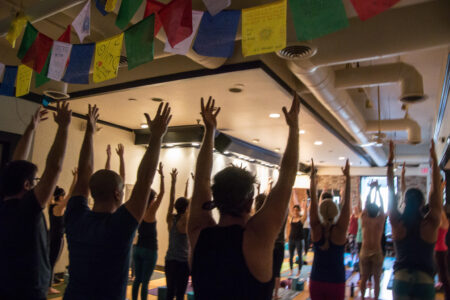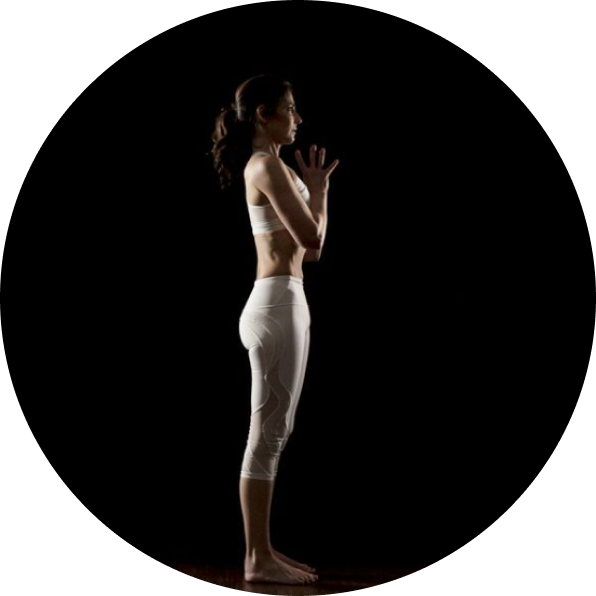What’s your gratitude practice?
In addition to being a longtime mindfulness, meditation, and LYT yoga teacher, I am also a scholar and professor of communication. In my book The Art of Gratitude, I argue that gratitude matters. The words we use to describe our emotions are important, as they influence how we and others feel.
Here are my three rules for how to practice gratitude.
- Practice gratitude every day
Scholars have documented the many personal, social and health benefits of gratitude. Gratitude can lower blood pressure, reduce anxiety, improve sleep, and make people feel happier and more at home in the world. In general, research shows that the practice of gratitude reduces suffering and promotes individual well-being.
So the practice of gratitude each day is important – but it also requires the right philosophy and the right rhetoric.

- Avoid the language of debt
Many of us regularly say “I owe you one,” “I owe you a debt of gratitude,” or some other phrase that means basically the same thing.
In doing so, gratitude becomes a kind of a debt incurred during daily life that I need to repay.
In The Art of Gratitude I argue that the trouble with the language of debt is that it transforms how we talk about gratitude into a transaction. When gratitude becomes a daily practice of counting and keeping score, and when we only do kind things for others when they can repay them, it’s easy to start thinking of life itself as a series of economic transactions—and this way of thinking is so limited. Life is not a transaction. Life is not a debt. The value of our fellow human beings can never be captured in economic terms.

- Recognize interconnectedness
My academic research is influenced profoundly by yoga philosophy. I define yoga as a practice that aims to reduce suffering in the world by sensitizing us to our fundamental interconnectedness with all living beings and the earth itself. This is what it means when we say that yoga is union (from the Sanskrit root yuj, yoking, connection, union).
In the United States, it is common to speak of self-reliance. But no person builds their life alone. Everyone is supported. The yogic practice of gratitude, or “santosha,” encourages practitioners to acknowledge and give thanks for the many forms of support that allow them to live their lives.
To breathe is to take in the same air that others breathe; to stand is to stand on the same earth that others stand on. Without the air, or the earth, shared by all, we wouldn’t be here. The practice of yogic gratitude encourages people to recognize that they are part of the world, not separate from it.
It also teaches people to recognize that to reduce their suffering they must also work to reduce the suffering of those around them. Often people don’t see it this way, but there is no injustice that affects someone else that does not also in some way affect each one of us too.
True gratitude is a practice of recognizing our interconnectedness – that we are all in this together, and that we need each other to face the challenges of life in a world beyond our control. True gratitude is a practice of yoga, and yoga is a practice of true gratitude.
Feel free to reach out and tell me about your gratitude practice! You can connect with me on Instagram @yoga.professor






